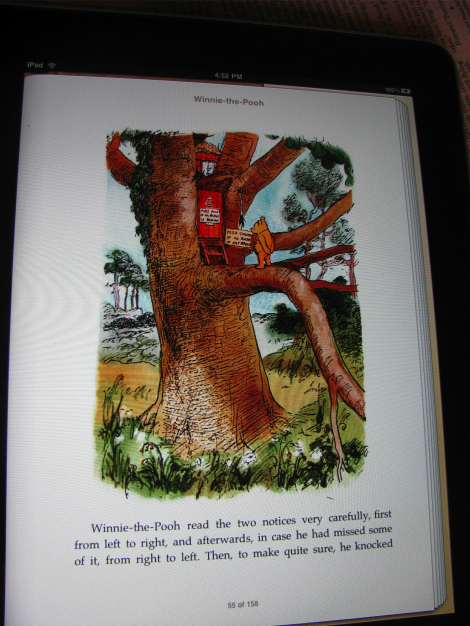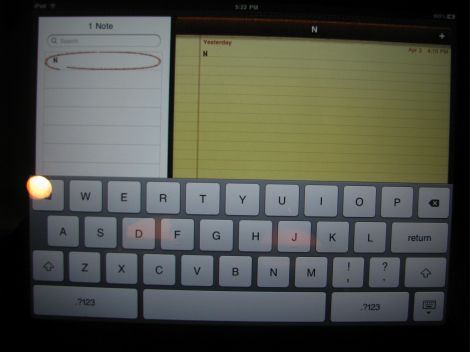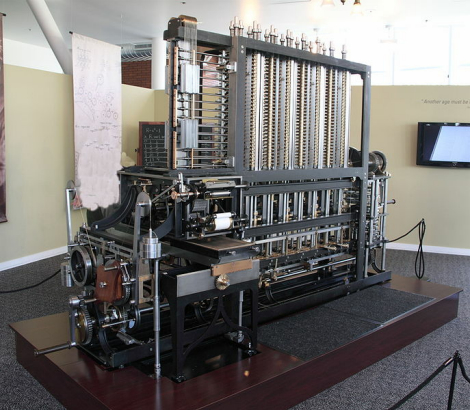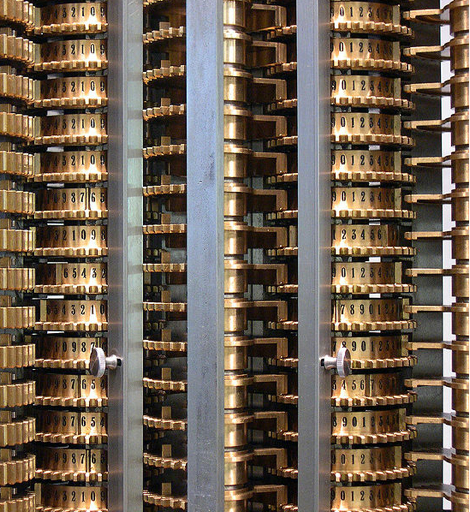NOTE: Which are better, fish or birds? Silly question, right? We must ask, “better for what?” I’m not maintaining that print is inherently a “better” medium than digital media, nor the reverse. Each has its strengths and weaknesses. We should maintain both.
1. Permanence
Information on the web can vanish overnight. Maybe your webhost suddenly shuts down.
I once hosted a site that talked more about this idea at http://mind.blazingfast.net/TheRaft, but it seems that google nor the wayback machine are able to help me reclaim that page. source

Or someone controlling the content decides on a change…
Last week, President-elect Barack Obama launched a Web site with detailed information about his plans for technology, Iraq, and health care policies.
Now they’re gone. source.

Image source.
In my own computer files I have the complete text of a book published in 1976, which was made available online by the author. It had to be downloaded one chapter at a time, and as I did so I was thinking “Oh this is silly, I can come back to this whenever I want.” But recently when I tried to go back to the link, it was gone, and the text is nowhere to be found as far as Google can tell.
What’s online may be altered too: the writer can undergo a complete turnaround, or merely make edits to what is posted, so that it’s difficult or impossible to recover the original. Rather like the drastic re-writing of history in 1984. With a printed book, such changes are additive rather than subtractive: an author publishes a “revised second edition” for example, but the first edition still exists and can be consulted. This means you can recover specific details lacking in the revised form (citations, turns of phrase, pronouncements, data, whatever it might be), as well as track the writer’s alterations.
As with other differences between print and online material, this lack of permanence shows how what’s considered an advantage can have a flip side, a drawback that is the consequence of a valued feature. Things have the “vices of their virtues”. Something that is easily updated cannot remain constant.
Even if digital data isn’t altered, it may become unreadable. We have found many examples of the earliest known writing, from 4600 years ago. And its glyphs are all visible to the human eye, able to be widely studied via photos so that languages are reconstructed and unknown forms of writing are deciphered. The pre-cuneiform writing below is part of a list of “gifts from the High and Mighty of Adab to the High Priestess, on the occasion of her election to the temple” about 2600 BC. (Wikipedia)

Yet digital records less than a decade old may become unreadable because of physical deterioration or hard to access because of the adoption of new systems and hardware. The Wikipedia article on CDs shows a CD recorded in 2000 which by 2008 had lost part of its data due to physical degradation. And any computer user who is old enough, and is conscientious about making back-ups, probably has a stack of old floppy disks bearing data that didn’t get transferred before the old machine went out the door. If you find a ribbon-bound bundle of letters written in 1810 you can open and read them easily, but your own material stored 8 or 10 years ago on floppies—getting at that will take considerable effort, and each year that goes by will increase the difficulty of finding compatible equipment (as well as the likelihood that the disks themselves may be damaged or degraded).
When works exist only in digital form, there is reason to be concerned about how long they will endure, and be accessible. A shelf of books and movies on DVD may be about as hard to play in 2025 as a box of 8-track tapes is today. Software and hardware will have moved on. Where does that leave an author, if demand doesn’t support a re-issuance in new media? How do you share or re-read a book you liked or found important, when the computers that could read it are all in the landfill? What about historians, will they all have to congregate in museums of carefully-maintained antique computers, trying to coax words from deteriorated storage media? Print books, on the other hand, won’t become obsolete until the human eyeball evolves into something else (a barcode reader?).
So, if you want text or other material to be accessible to you in ten years, or to posterity in a hundred years, print it. On archival-quality paper.
Longlasting media

Above, one tablet of the earliest known dictionary (about 2,300 BC). Source is the fascinating HistoryofScience.com, which has timelines of short articles for various aspects of science, medicine, and technology. Some of their articles (including this one) are based on Wikipedia, but not all. Being able to scan through them by topic is great. “It consists of Sumerian and Akkadian lexical lists ordered by topic. … One bilingual version from Ugarit [RS2.(23)+] is Sumerian/Hurrian rather than Sumerian/Akkadian. Tablets 4 and 5 list naval and terrestrial vehicles, respectively. Tablets 13 to 15 contain a systematic enumeration of animal names, tablet 16 [the one pictured] lists stones and tablet 17 plants. Tablet 22 lists star names.”
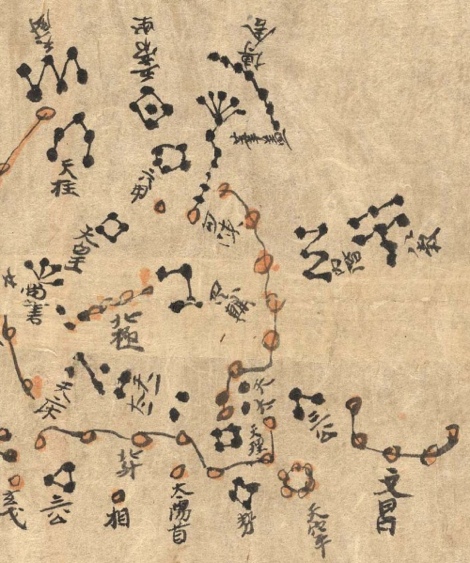
Here’s a piece of thin paper 1300 years old: part of the earliest known complete star map, the Dunhuang Star Atlas. It was drawn in China about 650 AD. The paper survived being stored in a cave for an unknown period, and was found in 1907. Image source. More on this and another early Chinese star atlas here.
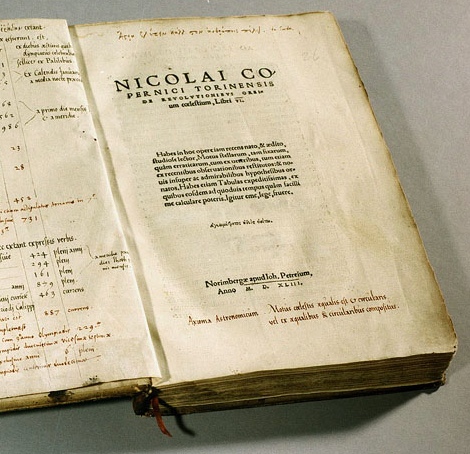
This book, printed in 1543, is a first edition of On the Revolutions of the Heavenly Spheres by Nicolaus Copernicus. No data loss in nearly 500 years! Copernicus wrote it in Latin, which was then the international language of science, and is now called a “dead” language because it has no living native speakers. But due to its historical and religious importance, there are far more people alive today who can read Latin than can read 16th century Polish, the language Copernicus grew up speaking.



